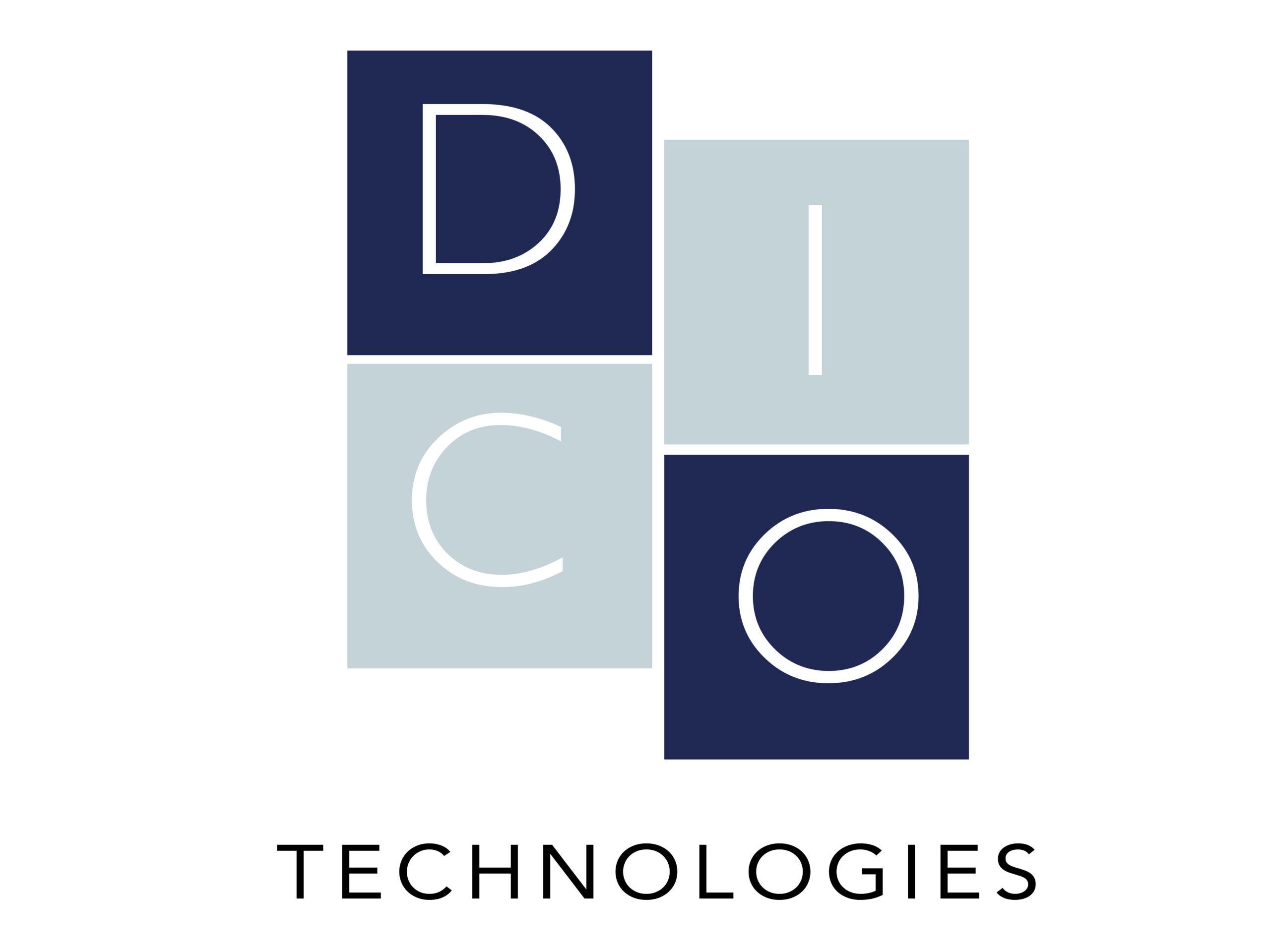AAC (Augmentative and Alternative Communication) is a set of strategies and technologies that make communication possible for individuals with speech and, in many cases, movement disabilities. It enhances natural communication and the patient’s functional abilities through the use of advanced interactive technological aids.
Dico Technologies aims to create opportunities for effective communication that actively involve the assisted person and their caregivers. The solutions are designed to be flexible and easily customizable to suit individual usage scenarios.
DICo®XpM is an innovative AAC device specifically designed to enable non-verbal communication for patients receiving rehabilitative or home care, for example bedridden patients, individuals with degenerative diseases or those undergoing rehabilitation after a stroke or neurological trauma.
DICo®XpM covered by an industrial patent, is a CE-certified medical device consisting of a wireless inertial motion sensor, a dedicated tablet, and proprietary software optimized with advanced algorithms.
How DICo®XpM works
The DICo®XpM system, after a brief and simple setup and learning phase, is able to “translate” any movement the patient can perform whether with their head, a hand, a foot, or a finger into a word or phrase they wish to express.
The movement is detected by the motion sensor and transmitted via Bluetooth to the dedicated tablet, which converts the user’s gestures into the selection of a textual message displayed on the tablet screen. If the user has visual impairments, the message is also reproduced through speech synthesis.
The optimization of the keyboard and translation into 57 languages is achieved through machine learning mechanisms.
DICo® wireless sensors can be placed on any part of the body, making their usability and comfort truly unique, and they solve a previously unanswered problem for patients with very limited motor skills.

The benefits of DICo®XpM
DICo®XpM is a Medical Device
DICo®XpM is a certified Class 1 Medical Device according to Annex VIII, MDR 745/2017, listed in the tariff nomenclature under ISO Code 22.21.09.033.
| Product Code | DICo®XpM |
| Product Name | DICo®XpM – All-in-one dynamic communicator based on wearable wireless motion sensors |
| National Classification of Medical Devices (CND) | Y214299 – Aids for Interpersonal Communication – Other |
| System identification according to Ministerial Decree 332/99 | DICo®XpM is a device included in the lists of devices provided for by the National Tariff Nomenclature (Ministerial Decree 332/99), and it can be prescribed. |
FAQs
AAC includes all forms of communication other than spoken language that are used to augment (augmentative) or replace (alternative) verbal language. The adoption of AAC tools at home allows people with communication difficulties to maintain a level of autonomy, participate in decisions regarding their care, express pain or distress, and maintain meaningful social connections with family members and caregivers, thus improving their quality of life.
Device adoption can lead to numerous long-term benefits for patients and their families:
- Improved quality of life: Allowing the patient to express wishes, needs, opinions and emotions, reducing frustration and isolation.
- Greater autonomy and participation: The patient can make decisions about their care, participate in family conversations and maintain an active role in their life.
- Reduced burden on caregivers: More effective communication can reduce stress and frustration for caregivers, making it easier to manage the patient’s needs.
- Maintained social relationships: The ability to communicate helps to preserve family and friendship bonds, counteracting social isolation.
- Safety: The patient can report pain, discomfort and provide useful information to caregivers.
- Support for cognitive development: For some patients, the use of AAC can stimulate cognitive functions and maintain a sense of purpose, transforming a potential state of isolation and dependence into an opportunity for a more connected and self-determined life.
Active involvement of the family and caregivers is crucial to the success of AAC at home. In particular, the following are important:
- Training: clear and practical instructions on the use of the AAC device, its maintenance and strategies to facilitate communication (e.g. waiting times, asking appropriate questions).
- Participation: Involvement in the decision-making process on the choice of the device and in the definition of communication goals.
- Support: accessible assistance that helps the patient and caregivers to use the device in the most satisfactory way in daily life.
The main points of the AAC tools adoption process are mainly:
- Training and competence of caregivers: Family members and caregivers need adequate training on the use of AAC tools and on how to facilitate communication with the patient.
- Acceptance and motivation of the person Some patients may initially find it difficult to use AAC, in fact each new tool requires a learning period to enter into everyday use, and this can generate frustration and tiredness. In these cases, the presence and support of the caregiver is very important.
- Environmental adaptation: The home environment may need to be modified to accommodate the effective use of the device (e.g. positioning of the device).
- Prescribability: The acquisition of high-tech AAC tools can be covered by health systems or insurance, it is important to verify this aspect when evaluating the available solutions


